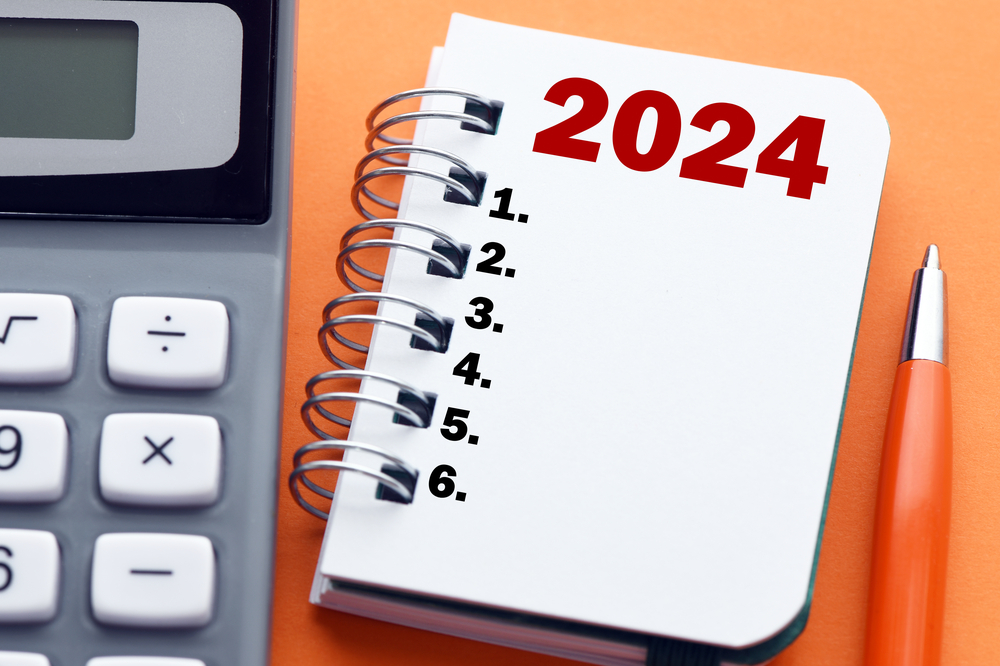At Advantage Home Health Solutions, we are big believers in giving people back their independence. However, many of our elderly loved ones require the help of caregivers in order to safely get around each day. Caregivers are very special people. This wouldn’t be the first time we’ve heralded those who devote their time and energy to others who have mobility issues. And it won’t be the last!
But while we heartily celebrate all of the caregivers of seniors in the world, we also wish to offer some helpful tips that will help them to perform their duties that much better. After all, we could all use a little help sometimes. And when it comes to assisting elderly individuals who use walkers, the more help received, the safer care recipients will be.
Size matters.
For the most part, using a walker is pretty straight-forward. However, it’s important to note that using a walker that is appropriate for the user’s height and weight is the first step to guaranteeing safety. As you may have guessed, walkers aren’t of the “one size fits all” variety. It’s important that measurements are specified to the user.
“As a guideline, the handle of the walker should be aligned with the user’s wrist when the user is standing inside the walker,” writes Haley Kotwicki on ComForCare.com, “For the four-wheel walker, make sure the seat is not too high or too low, which can cause strain or discomfort. Always review the weight capacity because all walkers have varying weight limits.”
Take care when getting up from a seated position.
There are also some important things to keep in mind when those walkers aren’t in use. For example, when an individual with mobility issues is in a seated position and needs to get up in order to begin using his/her walker again, there is a very careful approach that needs to be practiced.
“Older adults should not pull on the walker to get up from a couch or chair,” explains Bonita Lynn Beattie on Caring.com, “Nor should the caregiver pull on the older adult. To arise, the older adult should slide forward in the seat with the feet planted firmly on the floor and push up, or use the chair arms as necessary. An assist from the gait belt could be offered as necessary. The walker should be placed directly in front of the older adult for use upon arising, only after their balance is reestablished.”
How do you know which walker is right for you?
The team, at Advantage Home Health Solutions, would be more than happy to help you with that! We offer a variety of walkers that include basic walkers (which have four legs like a chair, but has no seat), two-wheel walkers (that have wheels on the front legs) and four-wheel walkers (also known as rollators, they offer the most mobility and are considered the best option for walking long distances).
For more information about the walkers offered by Advantage Home Health Solutions, please don’t hesitate to give us a call at 403-460-5438. You may also email us by filling out the form on our Contact page!




